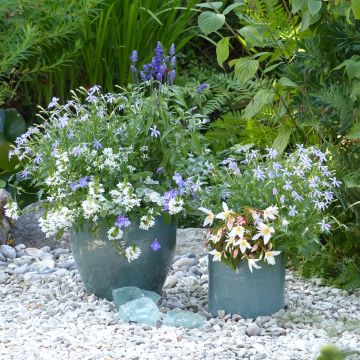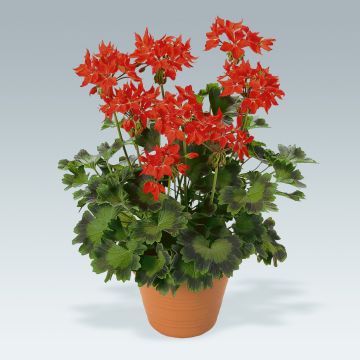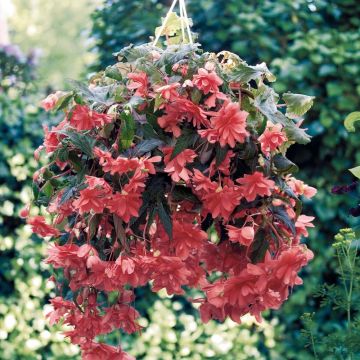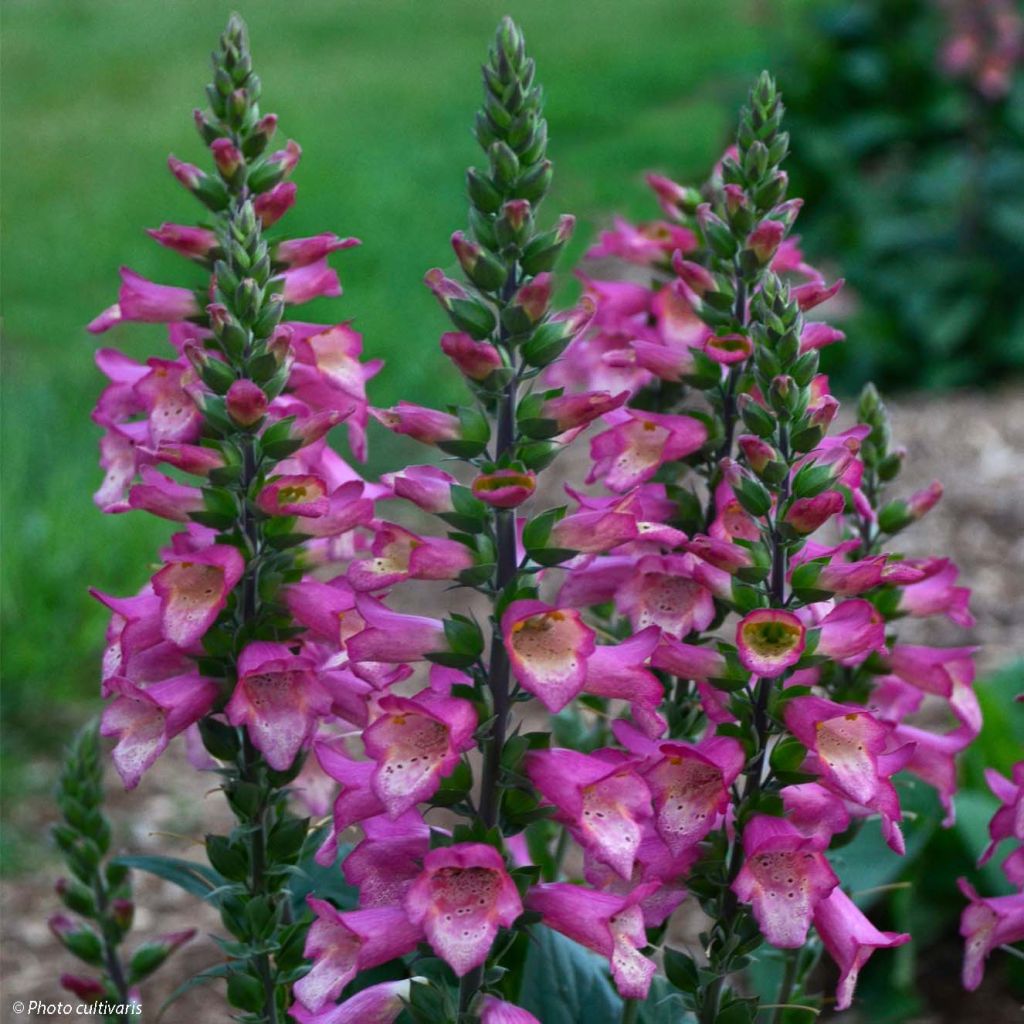

Digiplexis Berry Canary - Hybrid Foxglove
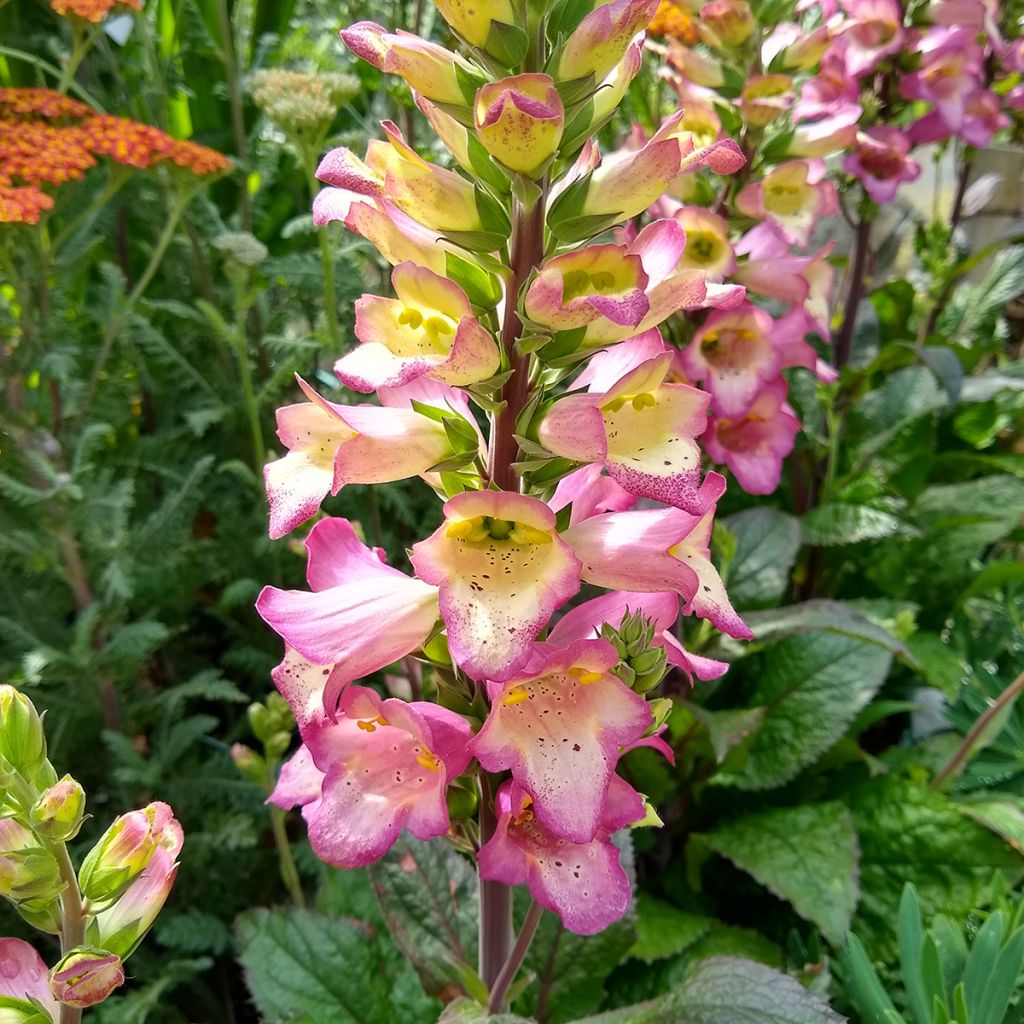

Digiplexis Berry Canary - Hybrid Foxglove
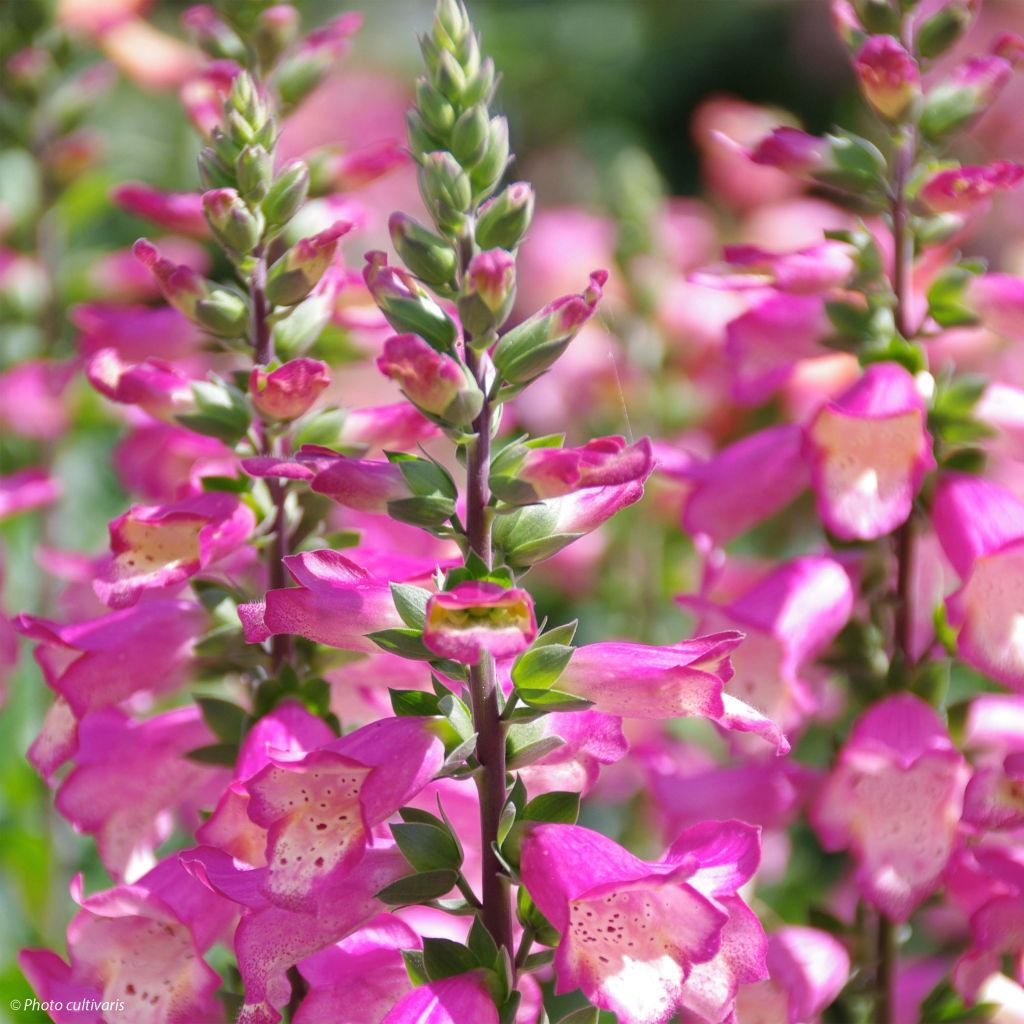

Digiplexis Berry Canary - Hybrid Foxglove
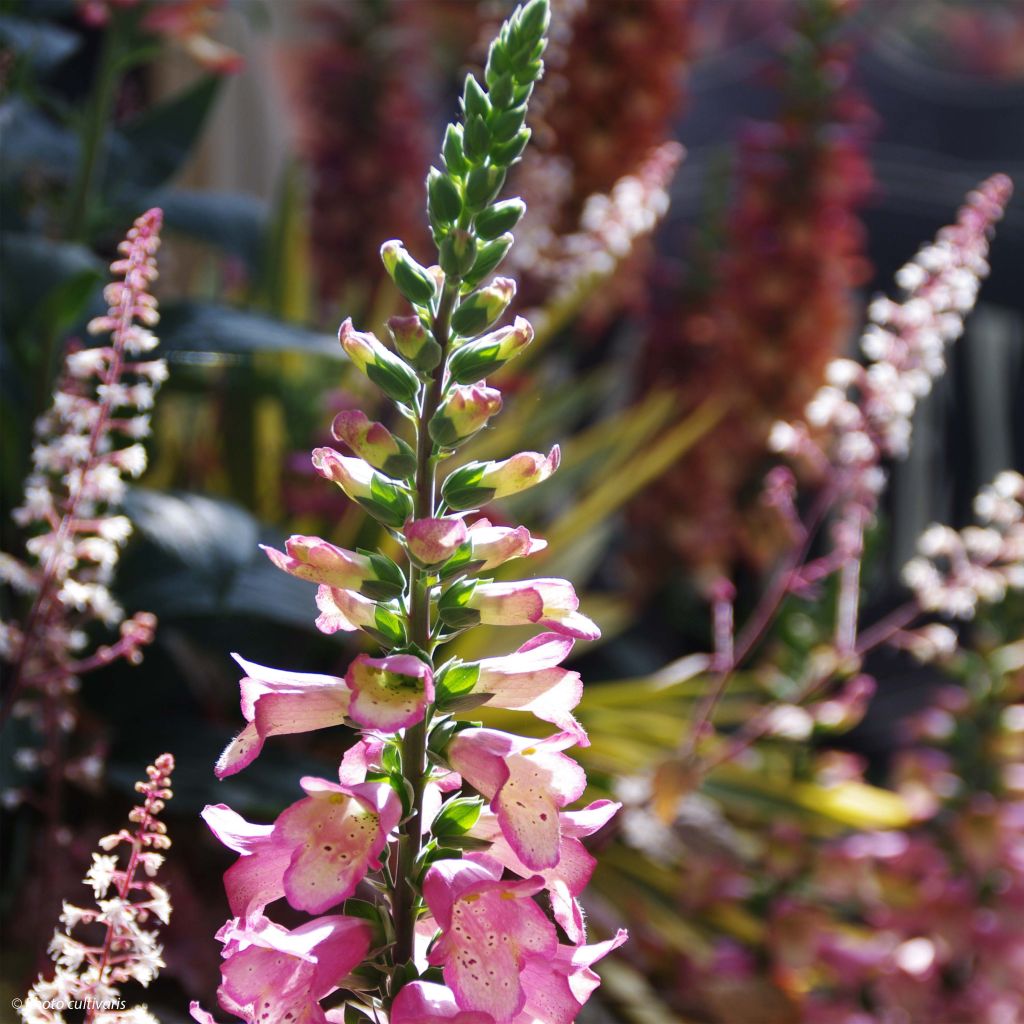

Digiplexis Berry Canary - Hybrid Foxglove
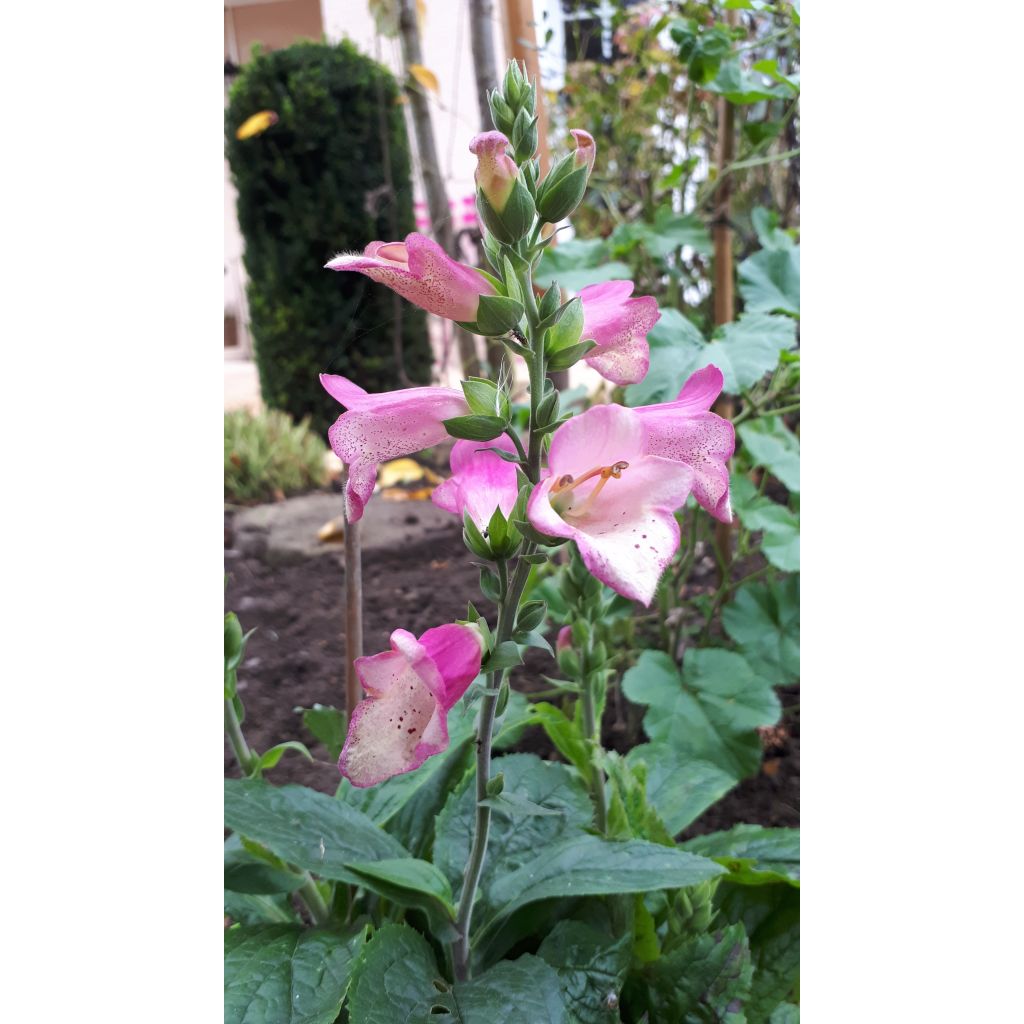

Digiplexis Berry Canary - Hybrid Foxglove
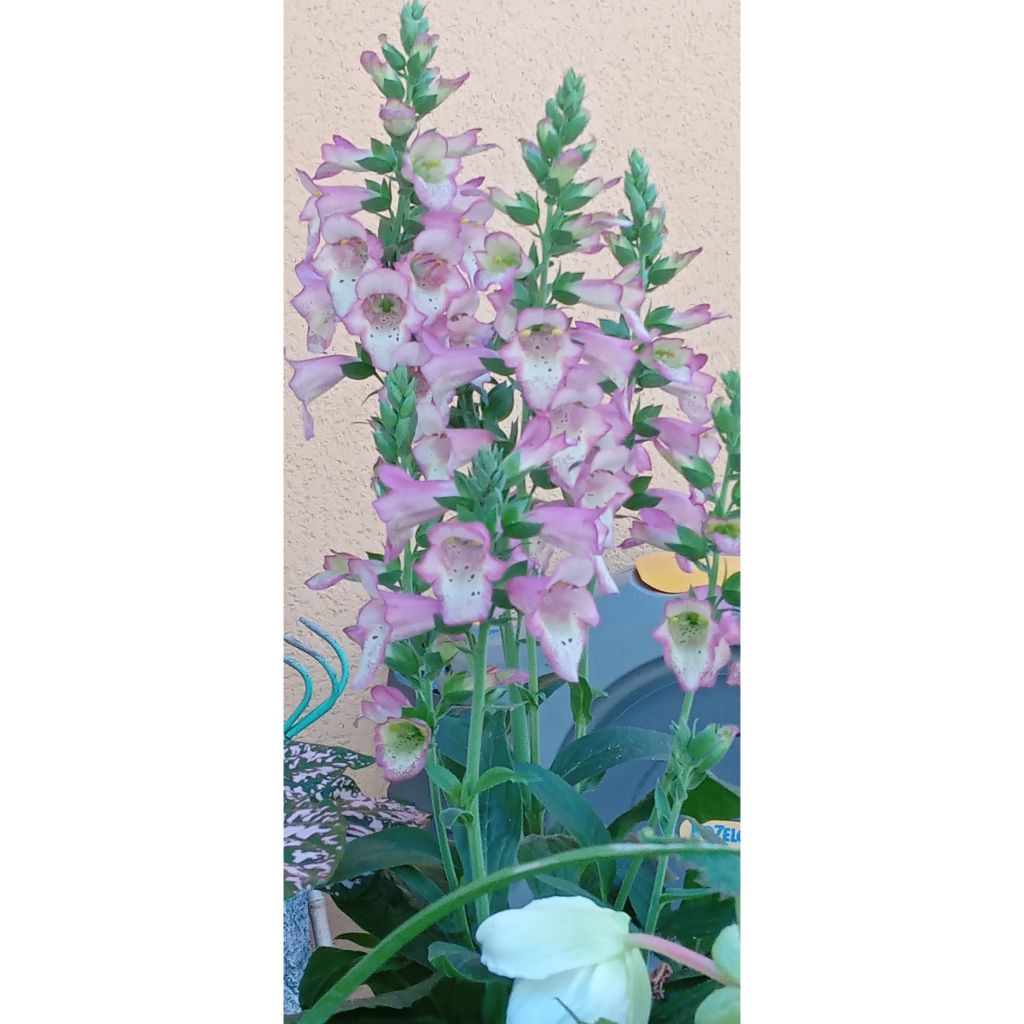

Digiplexis Berry Canary - Hybrid Foxglove
View more pictures
Hide images

Josseline M.

Close resemblance to the foxglove
Josseline M. • 12 FR
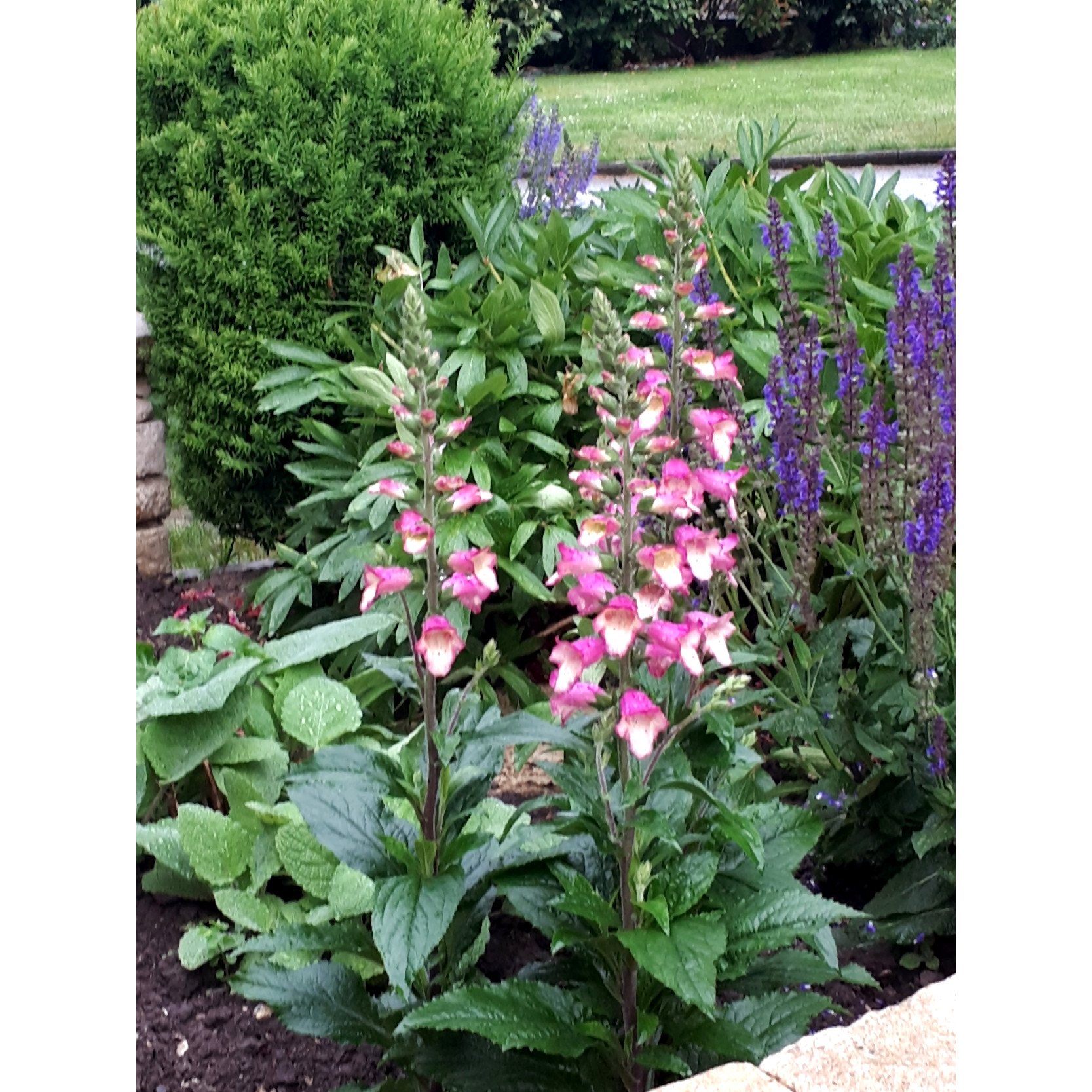
Chantal H.

I'm sorry, but there is no text in the customer review to be translated. If you have any other reviews or text that needs to be translated, please provide it and I'll be happy to help.
Chantal H. • 62 FR
Digiplexis Berry Canary - Hybrid Foxglove
Digitalis x valinii Berry Canary
Tender Foxglove
Good recovery. Lovely colour.
Jocelyne, 02/01/2023
Special offer!
Receive a €20 voucher for any order over €90 (excluding delivery costs, credit notes, and plastic-free options)!
1- Add your favorite plants to your cart.
2- Once you have reached €90, confirm your order (you can even choose the delivery date!).
3- As soon as your order is shipped, you will receive an email containing your voucher code, valid for 3 months (90 days).
Your voucher is unique and can only be used once, for any order with a minimum value of €20, excluding delivery costs.
Can be combined with other current offers, non-divisible and non-refundable.
Home or relay delivery (depending on size and destination)
Schedule delivery date,
and select date in basket
This plant carries a 6 months recovery warranty
More information
We guarantee the quality of our plants for a full growing cycle, and will replace at our expense any plant that fails to recover under normal climatic and planting conditions.

Would this plant suit my garden?
Set up your Plantfit profile →
Description
Digiplexis 'Berry Canary' is a warm and vibrant pink version, a little shorter, but also hardier, of a fabulous hybrid named 'Illumination' born in 2006 in England, from the hands of the seed merchant Thompson and Morgan. While it resembles a foxglove with its tall flower spikes, it offers larger flowers, endless flowering and lush vegetation, much more perennial and vigorous. Its large horizontal and fully open flowers in a powerful pink are illuminated by a cream to yellow throat, speckled with burgundy red. This wonder, a tender perennial thrives in a fresh, fertile and well-drained soil, in partial shade, in the garden or in a large pot on the terrace.
Digiplexis 'Berry Canary' is a plant of the Scrophulariaceae family, hardier than Isoplexis canariensis, but more vigorous, more floriferous and more colourful than a purple foxglove. The mixing of these two species was made possible by their genetic proximity. It is a very fast-growing perennial plant that can also be grown as an annual. It develops a main rosette of 30 to 40cm (11.8 - 15.7in) in diameter, with lanceolate leaves, reminiscent of those of foxgloves. Thick and slightly hairy, they are also bluish, very shiny, and evergreen. Other rosettes develop on the periphery of the plant. Leaves of a smaller size also adorn the flower spike, the stem of which is purple. The flowering period extends from May-June to October-November, without interruption. Hollow but sturdy stems emerge from the rosette to carry a wide and dense flower spike, reaching a height of 60-70cm (23.6 - 27.6in), composed of a multitude of horizontal and fully open flowers, with four petals (two large petals in a horizontal plane and two small lateral petals) fused only at the base. Each pink flower reveals a lighter throat, slightly speckled with wine red. The flowering is melliferous and nectariferous. This sterile variety does not exhaust itself in producing fruits, allowing it to flower tirelessly.
Showing perfect performance in a mild and rather cool climate, this Digiplexis is a true border plant that tolerates competition from other roots quite well. To not miss out on the spectacle, it should be installed near the house, or in view of a window. It can be planted at the base of hedges or shrub borders, where it will flower abundantly from spring to autumn. It goes well with the blue bells of Campanulas or the strange Clematis 'New Love', the flowers of columbines, Centaureas, or the small mauve or white stars of Asters in autumn. This star plant with its very exotic charm will allow you to enjoy its flowering for a long time in a large pot near the house, to be stored for the winter in cold climates.
Note: Please be aware that our young plants in mini-modules are professional products reserved for experienced gardeners: upon receipt, transplant and store them under cover (veranda, greenhouse, frame...) at a temperature above 14C° for a few weeks before being installed outdoors once the risk of frost has definitively passed.
Report an error about the product description
Digiplexis Berry Canary - Hybrid Foxglove in pictures
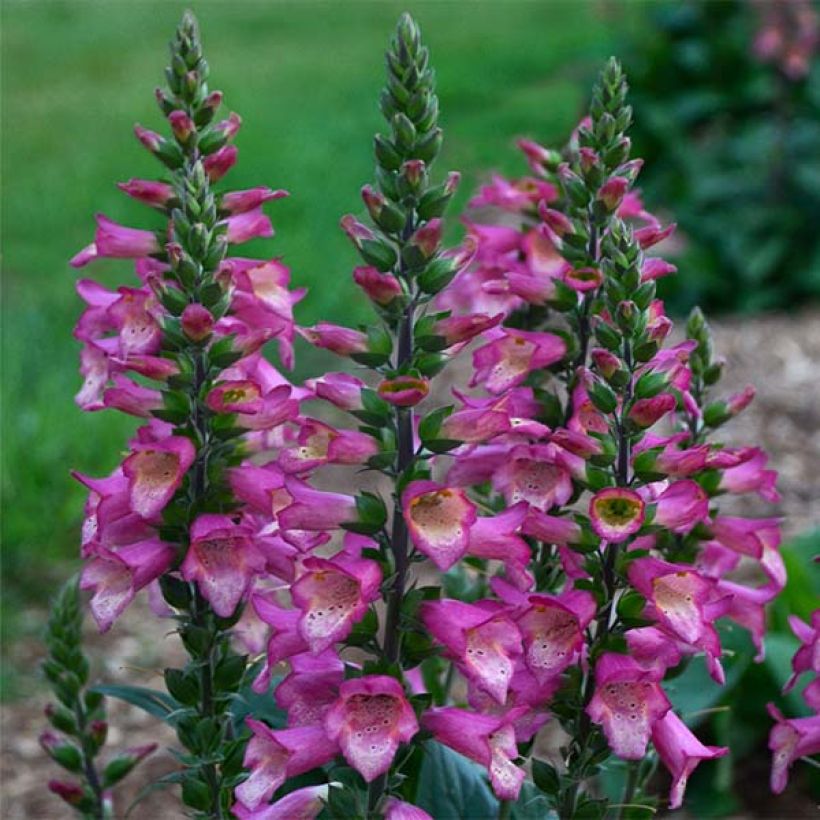

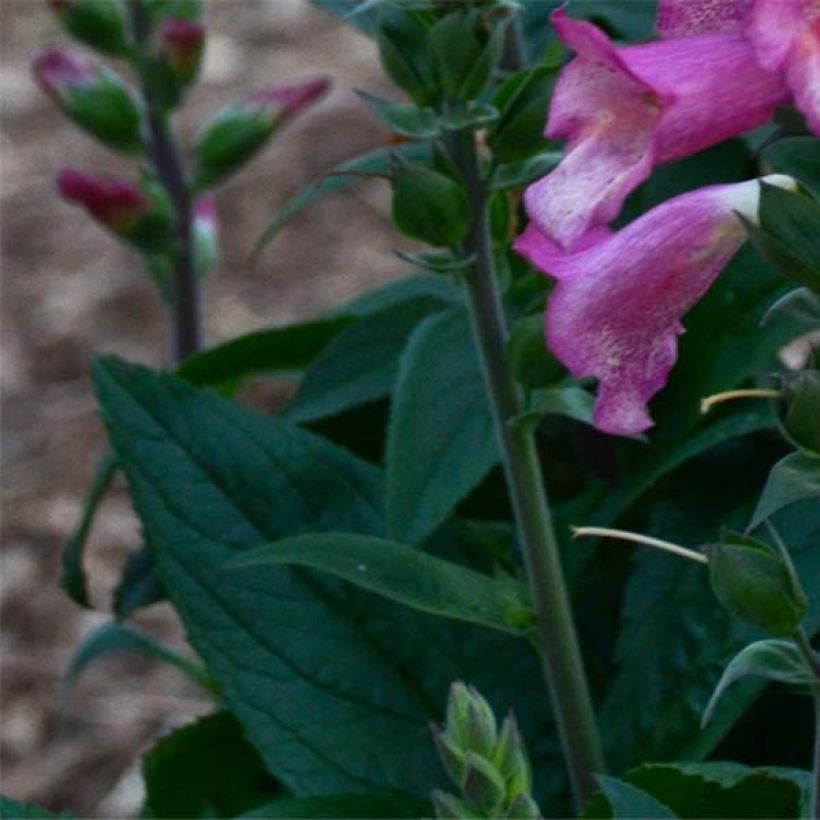

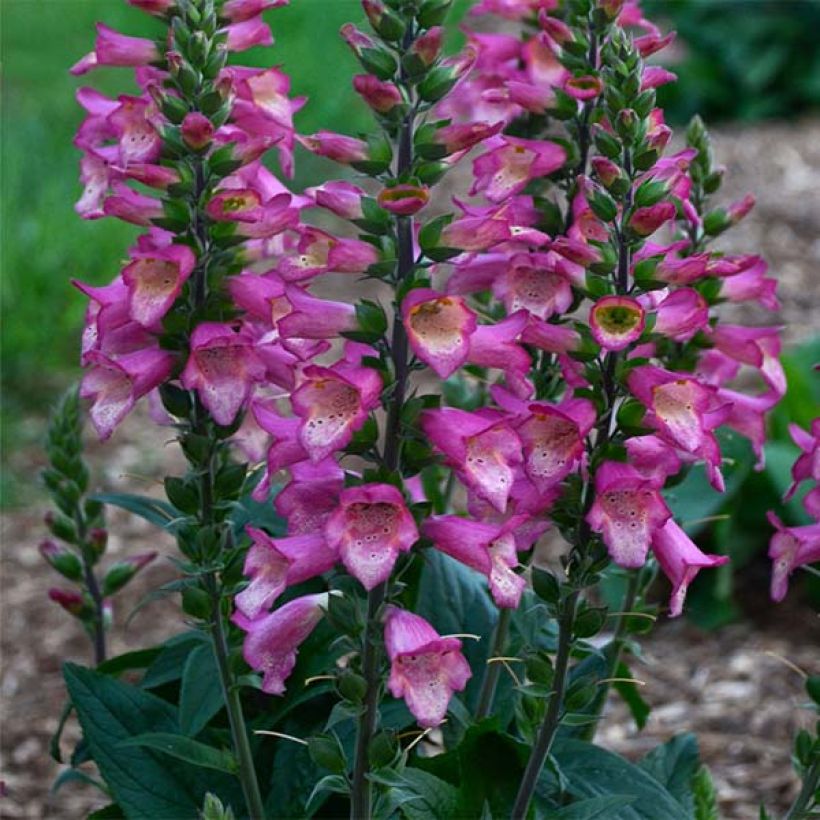

Flowering
Foliage
Plant habit
Safety measures
Botanical data
Digitalis
x valinii
Berry Canary
Scrophulariaceae
Tender Foxglove
Cultivar or hybrid
ingestion
Cette plante est toxique si elle est ingérée volontairement ou involontairement.
Ne la plantez pas là où de jeunes enfants peuvent évoluer, et lavez-vous les mains après l'avoir manipulée.
Pensez à conserver l'étiquette de la plante, à la photographier ou à noter son nom, afin de faciliter le travail des professionnels de santé.
Davantage d'informations sur https://plantes-risque.info
Planting and care
Digiplexis 'Berry Canary' is indeed a perennial plant, not a biennial. It is easy to grow in the garden or in pots, planted in semi-shade in a well-drained, ordinary soil, but moist during flowering. It does not have any specific requirements regarding soil pH, but excessive limestone or poor soils should be avoided. In winter, the soil should remain just moist, never waterlogged. It is a fairly hardy plant (up to -12°C in well-drained soil), but its lifespan is quite short and its growth is very rapid. Therefore, it can be grown as an annual plant. In pots, it should be brought indoors during severe frosts, during the coldest periods of winter. The plant requires vernalization (a period of relative cold) for 4 to 6 weeks to induce its flowering buds. Beware of mites and scale insects in a heated room.
Planting period
Intended location
Care
-
, onOrder confirmed
Reply from on Promesse de fleurs
Similar products
Haven't found what you were looking for?
Hardiness is the lowest winter temperature a plant can endure without suffering serious damage or even dying. However, hardiness is affected by location (a sheltered area, such as a patio), protection (winter cover) and soil type (hardiness is improved by well-drained soil).

Photo Sharing Terms & Conditions
In order to encourage gardeners to interact and share their experiences, Promesse de fleurs offers various media enabling content to be uploaded onto its Site - in particular via the ‘Photo sharing’ module.
The User agrees to refrain from:
- Posting any content that is illegal, prejudicial, insulting, racist, inciteful to hatred, revisionist, contrary to public decency, that infringes on privacy or on the privacy rights of third parties, in particular the publicity rights of persons and goods, intellectual property rights, or the right to privacy.
- Submitting content on behalf of a third party;
- Impersonate the identity of a third party and/or publish any personal information about a third party;
In general, the User undertakes to refrain from any unethical behaviour.
All Content (in particular text, comments, files, images, photos, videos, creative works, etc.), which may be subject to property or intellectual property rights, image or other private rights, shall remain the property of the User, subject to the limited rights granted by the terms of the licence granted by Promesse de fleurs as stated below. Users are at liberty to publish or not to publish such Content on the Site, notably via the ‘Photo Sharing’ facility, and accept that this Content shall be made public and freely accessible, notably on the Internet.
Users further acknowledge, undertake to have ,and guarantee that they hold all necessary rights and permissions to publish such material on the Site, in particular with regard to the legislation in force pertaining to any privacy, property, intellectual property, image, or contractual rights, or rights of any other nature. By publishing such Content on the Site, Users acknowledge accepting full liability as publishers of the Content within the meaning of the law, and grant Promesse de fleurs, free of charge, an inclusive, worldwide licence for the said Content for the entire duration of its publication, including all reproduction, representation, up/downloading, displaying, performing, transmission, and storage rights.
Users also grant permission for their name to be linked to the Content and accept that this link may not always be made available.
By engaging in posting material, Users consent to their Content becoming automatically accessible on the Internet, in particular on other sites and/or blogs and/or web pages of the Promesse de fleurs site, including in particular social pages and the Promesse de fleurs catalogue.
Users may secure the removal of entrusted content free of charge by issuing a simple request via our contact form.
The flowering period indicated on our website applies to countries and regions located in USDA zone 8 (France, the United Kingdom, Ireland, the Netherlands, etc.)
It will vary according to where you live:
- In zones 9 to 10 (Italy, Spain, Greece, etc.), flowering will occur about 2 to 4 weeks earlier.
- In zones 6 to 7 (Germany, Poland, Slovenia, and lower mountainous regions), flowering will be delayed by 2 to 3 weeks.
- In zone 5 (Central Europe, Scandinavia), blooming will be delayed by 3 to 5 weeks.
In temperate climates, pruning of spring-flowering shrubs (forsythia, spireas, etc.) should be done just after flowering.
Pruning of summer-flowering shrubs (Indian Lilac, Perovskia, etc.) can be done in winter or spring.
In cold regions as well as with frost-sensitive plants, avoid pruning too early when severe frosts may still occur.
The planting period indicated on our website applies to countries and regions located in USDA zone 8 (France, United Kingdom, Ireland, Netherlands).
It will vary according to where you live:
- In Mediterranean zones (Marseille, Madrid, Milan, etc.), autumn and winter are the best planting periods.
- In continental zones (Strasbourg, Munich, Vienna, etc.), delay planting by 2 to 3 weeks in spring and bring it forward by 2 to 4 weeks in autumn.
- In mountainous regions (the Alps, Pyrenees, Carpathians, etc.), it is best to plant in late spring (May-June) or late summer (August-September).
The harvesting period indicated on our website applies to countries and regions in USDA zone 8 (France, England, Ireland, the Netherlands).
In colder areas (Scandinavia, Poland, Austria...) fruit and vegetable harvests are likely to be delayed by 3-4 weeks.
In warmer areas (Italy, Spain, Greece, etc.), harvesting will probably take place earlier, depending on weather conditions.
The sowing periods indicated on our website apply to countries and regions within USDA Zone 8 (France, UK, Ireland, Netherlands).
In colder areas (Scandinavia, Poland, Austria...), delay any outdoor sowing by 3-4 weeks, or sow under glass.
In warmer climes (Italy, Spain, Greece, etc.), bring outdoor sowing forward by a few weeks.



































